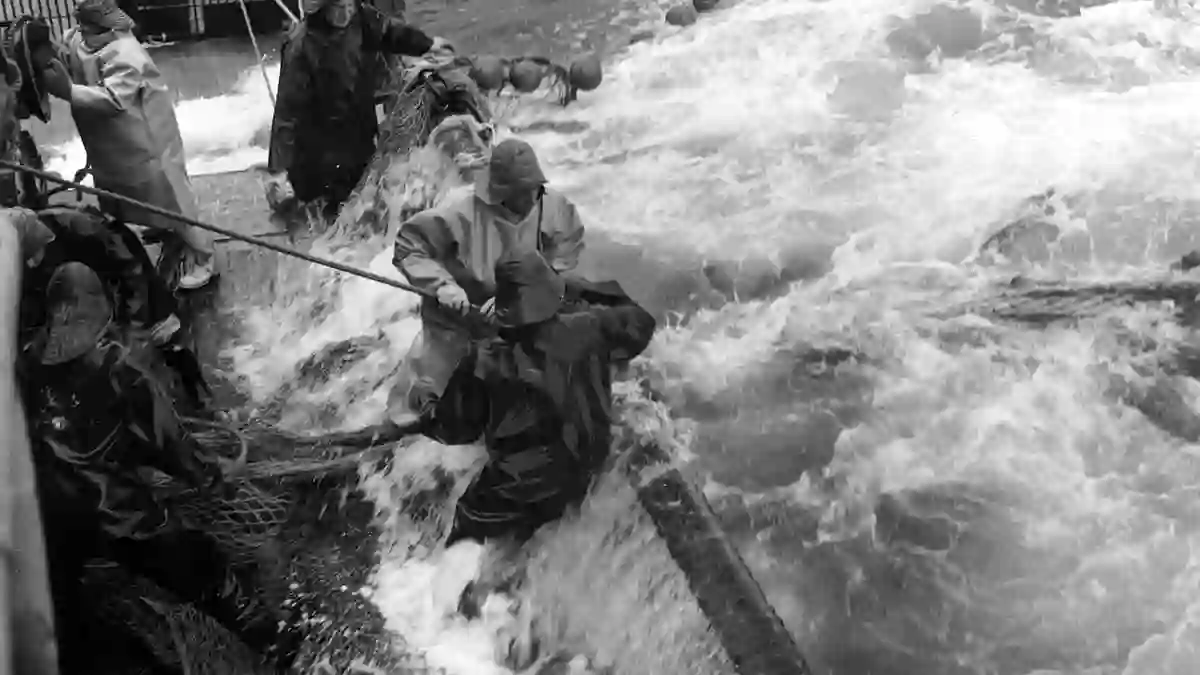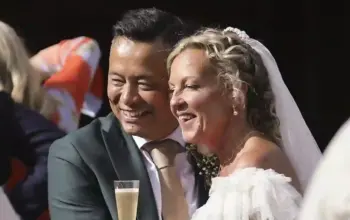Once the heart of the UK’s fishing industry, Grimsby is now taking a fresh look at its maritime past — not just through the lens of boats and nets, but through a deeper dive into the social and historical context of the town’s once-thriving trade.
At the center of this effort is the Grimsby Fishing Heritage Centre, which has announced plans to review its collection for any possible connections to slavery, colonialism, or racism.
It’s part of a broader move to “decolonise” the museum — a term that signals a shift away from traditionally white, Western-focused storytelling in heritage spaces.
Looking Beneath the Surface of Fishing History
The museum, which is run by North East Lincolnshire Council, has begun assessing the artefacts and exhibits on display — many of which celebrate the hard work of the town’s historic trawlermen.
From mannequins of women mending nets to staged scenes of fishermen hauling in their catch, the museum paints a vivid picture of a working port.
But now, curators want to explore whether any of these objects, scenes, or even the language used in exhibits carry problematic assumptions, or overlook the stories of people from diverse or marginalised backgrounds.
The idea is to give a fuller, more honest account of Grimsby’s role in the wider world.
A New Narrative for Old Artefacts
According to museum staff, the goal is to open up honest conversations around how certain objects may relate to uncomfortable histories — including potential links to the British Empire’s colonial trade routes and practices, even if those links aren’t immediately obvious.
As the Centre explained, they want to explore how museum items might “represent stories of slavery, colonialism and racism,” and they’re committed to including more voices that haven’t traditionally been part of the narrative.
While some have questioned what possible connections trawler history could have to slavery or colonialism, museum officials say this is about starting a broader conversation, not rewriting history but expanding it.
The Beginning of a Broader Review
The museum’s review is still in its early stages, and no specific artefacts have been publicly flagged yet.
What’s clear is that language, interpretation, and context are all on the table.
Terms used in labels, the way stories are told, and who gets represented — all of it is being reexamined to align with today’s more inclusive approach to heritage.
A council spokesperson confirmed the work is ongoing, noting the review is focused on objects connected to “decolonisation and people from protected characteristic groups.”
A Town With a Rich But Struggling Legacy
This conversation is unfolding against the backdrop of a once-booming fishing industry that has faced a sharp and painful decline.
Grimsby was once the busiest fishing port in the world, home to around 700 trawlers at its peak.
But the combination of the Icelandic cod wars in the 1970s and later EU fishing regulations hit the town hard.
Today, only four trawlers remain in operation out of Grimsby — a fraction of what once was.
In contrast, more than a dozen boats now serve offshore wind farms in the nearby Humber Estuary, reflecting the town’s shifting economic base.
Mixed Reactions in a Proud Working-Class Community
Not everyone is likely to welcome this reexamination. Grimsby’s fishing heritage is a source of pride for many locals, especially those whose families worked on the boats for generations.
For some, the idea of linking this history to colonialism or racism might feel like a stretch — or even an attack on tradition.
But the museum’s curators insist it’s not about erasing the past.
It’s about adding depth, acknowledging overlooked voices, and being honest about the complexities of history — even in places where the connections might not be immediately obvious.



